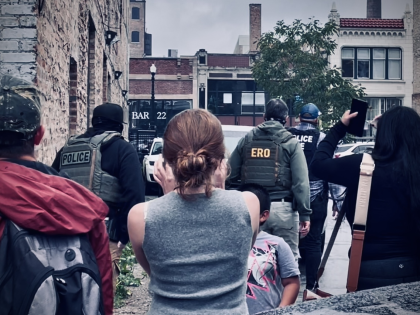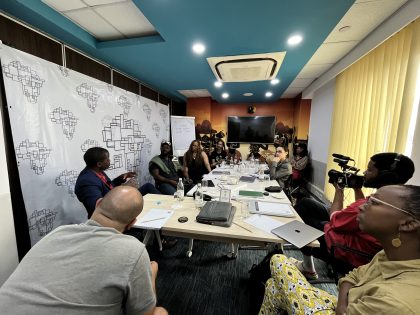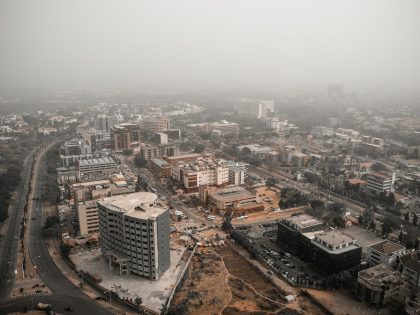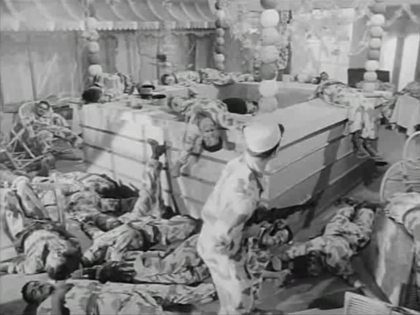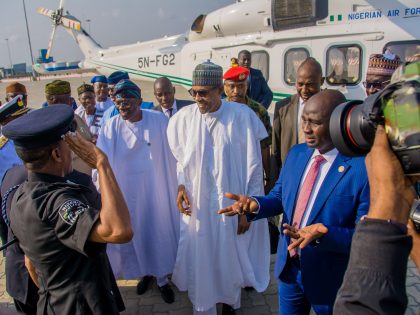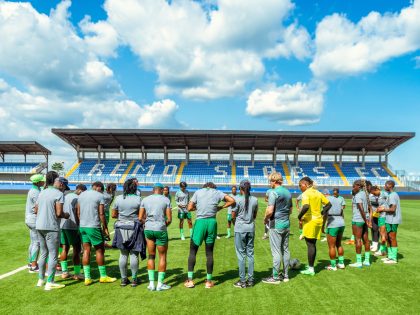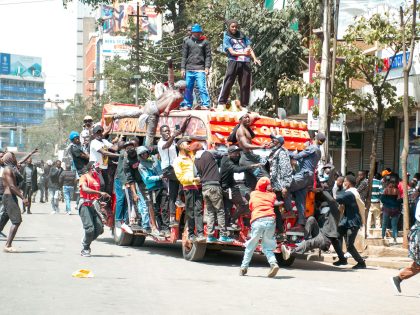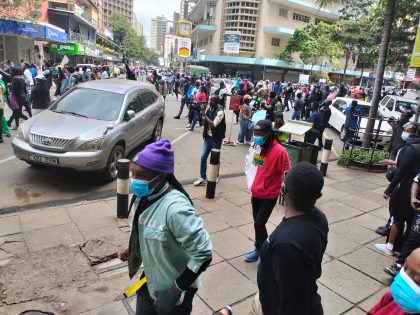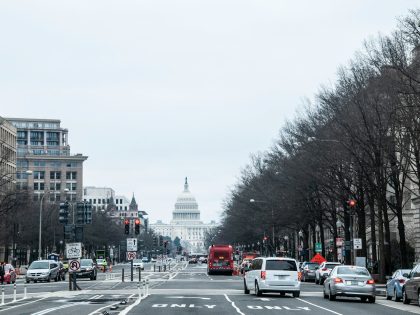Trans-Atlantic Slave Trade Database
When I was first given the opportunity to write this weekly series, I reached out to a few friends and colleagues who work in the digital realm for suggestions on possible projects that I could feature. One of the first projects that was suggested to me, by fellow AIAC contributor Jill Kelly, when I started this series was the Trans-Atlantic Slave Trade Database (TASTD), so I’m finally getting around to it. Actually, I’ve incorporated data from TASTD in a few research projects of my own, so it makes sense to feature something that I have successfully utilized in some of my own research!
The TASTD is a project with a long history, stretching into the 1960s when scholars first began to collect archival data on slave trade voyages and started coding them into a machine-readable format. Originally made available to scholars on CD-ROMS in the 1990s, the dataset was finally presented as an open access site in 2006 thanks to funding from the National Endowment for the Humanities and the W. E. B. Du Bois Institute for Afro-American Research at Harvard. An all-star team of historians serve on the Advisory Board for the Database, including Herbert Klein, Paul Lovejoy, Joseph Miller, G. Ugo Nwokeji and David Eltis (who serves as co-editor).
This site compiles data for nearly 35,000 slaving voyages, providing extensive open access metadata for each of the voyages, including additional sources to consult. The database also maps out the various stages of the vessel’s journey and provides any related images that might be available for that particular voyage. In addition to the metadata available for download, the site also includes a section of Educational Materials, which includes a set of lesson plans aimed at students at the primary and secondary levels. For example, this Database Scavenger Hunt is designed to aid students from 7th-12th grade in utilizing the TASTD to not only gain knowledge of the slave trade in various regions, but also in developing the technological know-how necessary to successfully explore the database and cultivating their analytical skills.
In addition to the data on slaving voyages, the directors of TASTD have branched out to create several connected projects, including the African Names Database and the African Origins Project. The African Names Database adds an additional layer to what is available through TASTD, pulling from those same slaving records to provide the names of and details for over 91,000 slaves who were carried on ships between 1808 and 1862. The African Origins project is “a scholar-public collaborative endeavor to trace the geographic origins of Africans transported in the transatlantic slave trade.” Using the records of Africans freed by International Courts of Mixed Commission and British Vice Admiralty Courts, the founders argue, “this resource makes possible new geographic, ethnic, and linguistic data on peoples captured in Africa and pulled into the slave trade.” This project specifically encourages contributions from the public to help in recovering the backgrounds of Africans captured and sold into slavery. This endeavor is interconnected to the project that will be featured in Digital Archive No. 7, Slave Biographies.
**As always, feel free to send me suggestions in the comments or via Twitter of sites you want us to cover in future editions of Digital Archive.**



